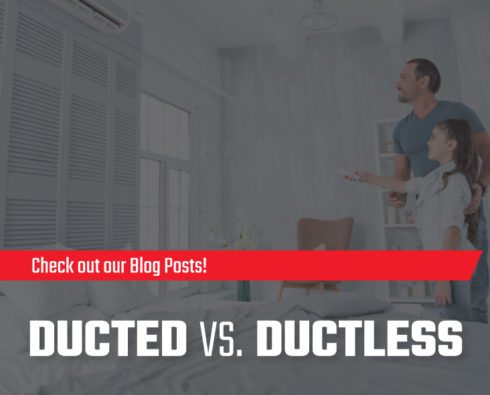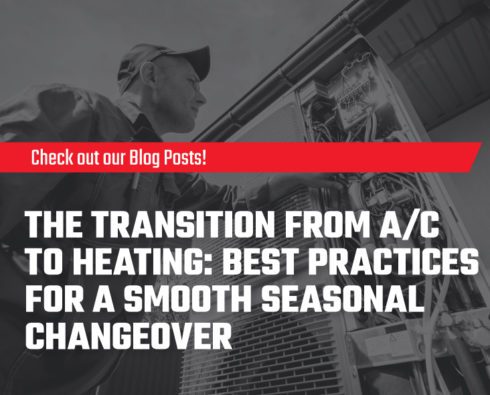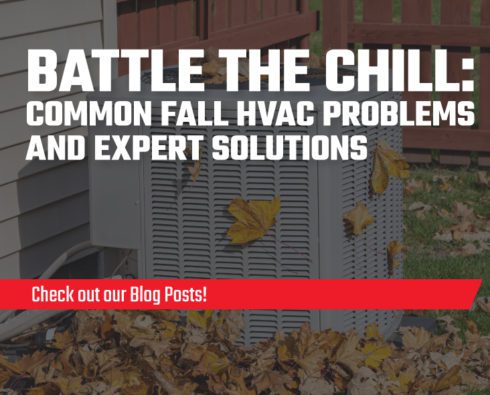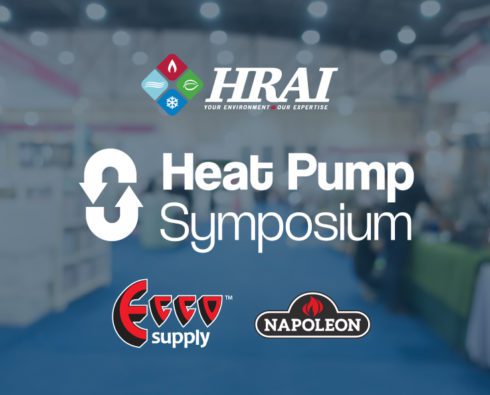
Understanding AFUE and HSPF Ratings: How to Maximize HVAC Efficiency
When optimizing HVAC equipment for seasonal efficiency during the winter months, AFUE and HSPF are two vital indicators every HVAC pro needs to know, like the back of their hand.
Not only does efficient heating equipment ensure better overall comfort for homeowners, but it can also lead to significant savings on utility bills.
Understanding the basics
How you measure the seasonal efficiency of heating equipment depends on whether you’re dealing with a furnace or heat pump. Each standard is unique, so it pays to know them both well.
AFUE (Annual Fuel Utilization Efficiency)
AFUE is a standard metric that gauges a furnace or boiler’s efficiency. Essentially, it represents the percentage of fuel consumed to produce heat.
For example, if a furnace has an AFUE of 80%, it means 80% of the fuel is converted into heat, while the remaining 20% is wasted.
HSPF (Heating Seasonal Performance Factor)
HSPF measures the heating efficiency of heat pumps. It does this by calculating the total heating required in BTUs and dividing that by the total electricity consumed (in watt-hours) for a heating season.
For example, if a heat pump provides 120,000 BTUs/hour over a heating season and uses 10,000 kWh, the HSPF for that heat pump would be 12.
Deciphering the numbers
What’s a good rating? How can you tell if a furnace or heat pump is operating efficiently?
The higher the AFUE and HSPF ratings, the more efficient the heating equipment is. Efficient systems consume less fuel or electricity to produce the desired warmth, reducing energy costs.
Most furnaces on the market today should have AFUE ratings ranging from 80% to 98%. While 80% is the basic efficiency level, units with a 90% or higher AFUE are considered high-efficiency. For heat pumps, an HSPF rating of 8 is considered efficient, while anything above 9 is considered to be highly efficient.
Of course, higher efficiency ratings translate directly to lower energy bills for homeowners. For instance, upgrading from a furnace with an AFUE of 80% to one with 98% AFUE means the home is using 18% more of the fuel it consumes. Put another way, the house is wasting 18% less fuel, which means saving roughly 18% in fuel costs.
Optimizing HVAC systems for fall and winter
While every furnace or heat pump will have built-in limitations on how efficient it can be, there are some things HVAC pros can do to ensure systems operate as efficiently as possible.
Seasonal maintenance and periodic check-ups are easy ways to keep heating equipment in good shape and running smoothly. During these site visits, HVAC techs should be cleaning away dust and debris that can impact airflow and inspecting components like filters, foils, and ducts to identify items that may need replacing.
As part of these house calls, HVAC teams can also educate homeowners on the importance of proper insulation and sealing in the home. This can range from simple fixes like updating weatherstripping around doors to larger projects like properly insulating attics.
There’s also an educational opportunity for HVAC pros to encourage homeowners to lower the thermostat at night. This can make a big difference in energy consumption and system efficiency. An easy way to make this happen is by upselling clients on programmable or smart thermostats, which can operate automatically according to a schedule.
Educating homeowners on AFUE and HSPF
Understanding and optimizing seasonal efficiency ratings can significantly impact both the comfort of a home and its energy consumption.
As HVAC contractors, being proactive and guiding homeowners through the basics of AFUE and HSPF can help set you apart and naturally lead to conversations about setting up routine maintenance calls and season check-ups.






































